
We are currently coming up on the middle of August as I sit here and write this. If you are anything like me, you have been salivating for months anticipating what is to come. I’ve been shooting my bow all year long, dialing in gear, and making sure that I stay in the best shape that I can. Preparation is key. One of those gear items that I think is beyond important to get squared away is your boots. Our boots are our wheels essentially on our trips through the mountains. If you don’t spend the proper amount of time and take the necessary precautions with boots, you might be in for a world of hurt come your hunt. If you feet go out, your hunt might follow. Nobody wants that. Let’s take a look at 5 tips for choosing a hunting boot.
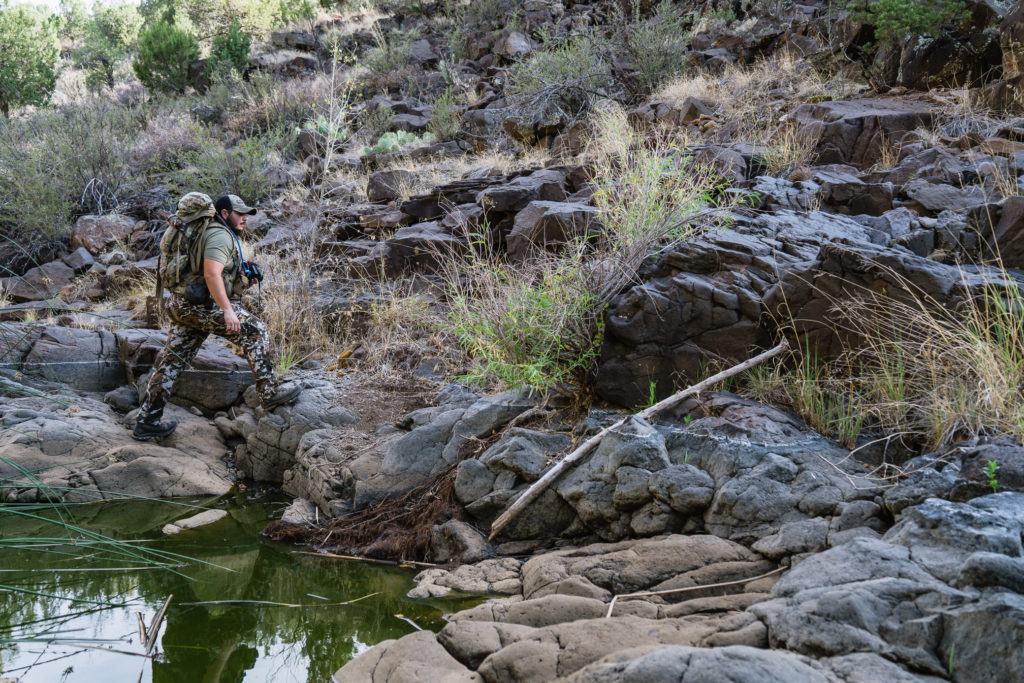
Terrain is going to differ from state to state. Between the actual substrate that you are stepping on, all the way to the steepness, I think this is an important factor to keep in mind. For instance, if you are going to be hunting mostly flat country, say for antelope, ankle support might not be a huge deal for you. A lightweight and flexible boot or even shoe might get you by just fine. I know folks who actually prefer to hunt in sneakers. They are quiet, lightweight, and comfortable. Now, if you are sheep hunting in jagged shale rock and super steep conditions, I’d suggest you go with something with some more backbone to it. A more mountaineering boot is not only going to give you more support, it is going to hold up longer. You wouldn’t want to take your truck on a sketchy road full of sharp rocks without a proper pair of off road tires right? Same concept.
This is going to vary from person to person. For those of us that spend an incredible amount of time in the field, we are just going to slam through boots quicker than most do. This is a hard pill to swallow knowing how much we pay for them. Before I became completely immersed in the hunting lifestyle, I would literally get probably 5 years out of a pair of boots. These were no crazy expensive pair of boots either. Definitely under the $100 mark and maybe even under $50. I only hunted for 6 days a year thought at that time. If that is you, maybe you’d be fine with not dropping a hefty amount on a pair of boots. With more use comes more knowledge and mishaps however. I remember my first year hitting the hills hard with my cheap pair of boots I had for the past 5 years. My sole literally came off of the boot and I had to walk back to the truck with it tied on via shoe lace. My hunt was over. It wasn’t fun, but funny when I think of it nowadays. From that point on, I vowed to buy the best boots I could afford. I suggest you do the same. Your feet will thank you.
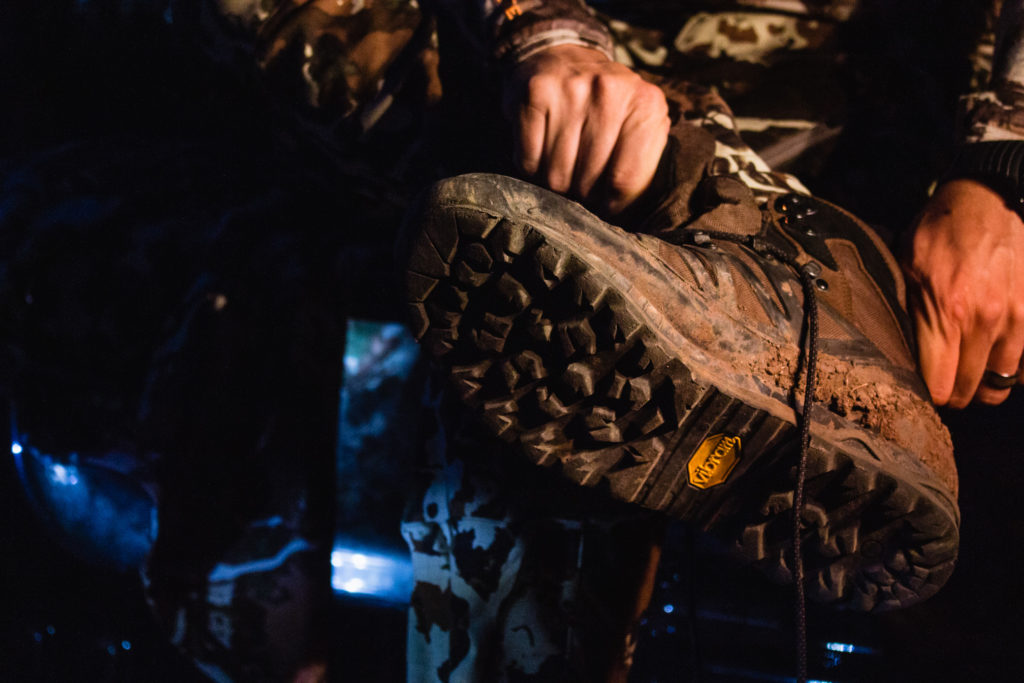
Photo credit: Jake Kirchner
Proper sizing is MONUMENTALLY important. I think a common mistake that folks make, is they buy a boot that is too big for them. Their thinking on this is so that they have room for their thick socks come hunting season. What about for when it heats up though? Now, your feet are sliding around, which is NO BUENO! That reminds me of my first bear. On the packout, we were climbing up a fairly steep mountainside, holding onto trees to get up to the top. In the midst of that, my foot completely slid from resting on the sole of my boot, all the way to the sidewall! Why? Because, my boots were too big. After that, I sized down a half size and have never had an issue like that again. When you are going and trying on boots though, I would suggest that you actually bring the socks with you that you plan on wearing in the field. This is going to give you a great idea of how the boot will feel. In response to the sock dilemma, I’ve changed that as well.
Being a kid, I always felt like I couldn’t wear enough socks. It seemed as if my feet would ALWAYS get cold when out on our annual deer hunt. I dreaded it to tell you the truth. I loved being there, but knew that it was inevitable my feet would get uncomfortably cold. In response to that, I opted to wear more socks. Makes sense right? It did to me. I’d have 3 pairs of socks on sometimes. Little did I know, I was adding to the problem. By wearing all of those socks, it made my feet sweat. What do you get with wet feet and cold weather? Cold feet. Nowadays, I wear one pair of merino socks. Most of the year, it is an extra thin pair. Haven’t had cold feet since.
A handful of years back, I was on a late season mule deer hunt here in Arizona. I had just got a slick new pair of boots that I was pumped on. After hiking only a mile though, I literally wanted to set them on fire and forget they ever existed. I hobbled back to my truck that night bummed out about my new boots. Arriving at home that night, I got curious and started messing around with some different lacing techniques. With a bit of time and experimentation, I completely rectified the problem and got to wear those boots for many hunts after the fact with no issues. Moral of the story? If you are having issues with a pair of boots, it might not be the sizing at all, but the lacing technique you are using. Play around with this first before throwing your boot to the wayside.
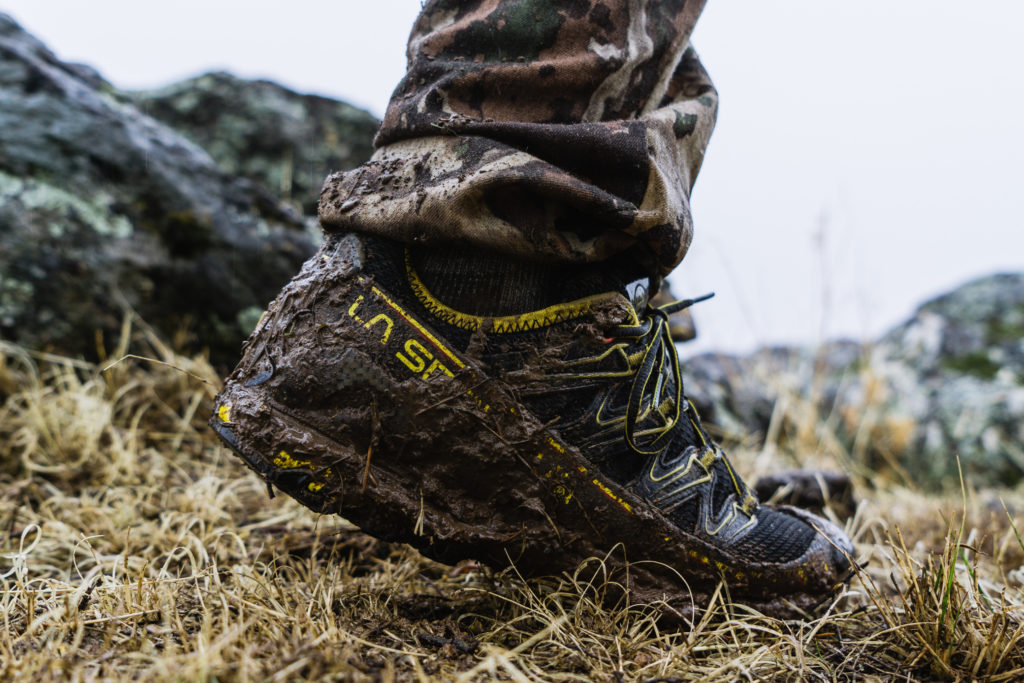
Having waterproof boots has always been something that is an absolute must for me. The thought of an early season monsoon storm slamming my hunting area, with me in it, and soaking wet feet? No thank you. Wet feet lead to blisters and blisters just plain are no fun. I still have somewhat the same thoughts on the matter. Having dry feet is super important to me. With a waterproof boot though comes a price and that price is in breathability. Think about it. It is designed to keep water out. What if your feet sweat though? Do you see where I’m going with this? That moisture is going to have an equally hard time getting out of the boot, just like outside moisture has a hard time getting in. A friend of mine recently spent 5-6 months on the PCT and his thoughts on footwear changed drastically after the fact. He was like me in the beginning and ran waterproof footwear. Soon, he actually switched to a non waterproof option that was super ventilated. Why? Because, his feet dried out way quicker. The moisture could leave. I’m not telling you to run a boot that water can get into, it’s just an interesting thought on the matter. I still run a boot with gortex lining. I also run a pretty thin sock though that wicks moisture away from my feet. It’s a system that all works together in the end.
So, this is a given right? Sound pretty straight forward? It is and it isn’t. This is really something that you have to figure out on your own. Don’t listen to your friend who says a certain pair of boots are the best thing since sliced bread. Consider their advice, but don’t bank on it. Our feet are just different. No way around that. This means that you need to try these boots on for yourself before sacrificing your hunt on someone else’s word. Another thing to consider to aid in comfort is switching out the insole. This can do wonders and made a boot that feels like you are stepping on concrete feel like one that is a cushion. Keep in mind that what you gain in comfort, you oftentimes lose in durability though. Finding a happy medium I think is the key. The most comfortable boot I have ever worn is the Salomon Quest 4d2 GTX. It’s like having a pillow under your foot. With that being said, I can only get a year out of them in terms of durability. Keep in mind, I hike a ton though. This goes back to what we discussed earlier about “amount of use.” You can read a full review I did on the Salomon boot here.
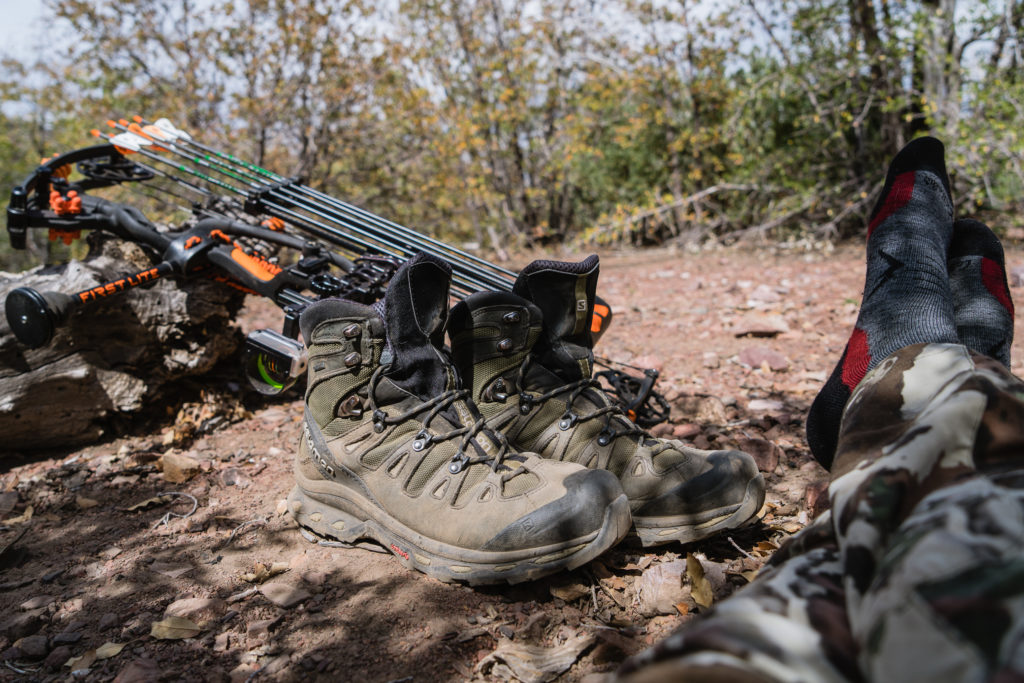
Whether you are a backpack hunter or a small game hunter, I hope after reading this you’ve got a slightly better idea about the world of boots. Luckily, there are so many different brands and styles to choose from, you should be able to find something that works great for you and what you do. From terrain, our different feet, and then to our different needs and intended use, there is not a one size fits all option with boots. It can get quite complex! Yet another rabbit hole to explore should you want to. Speaking about exploring….I’m leaving for a bear hunt tomorrow morning. Better wrap this up! What is your favorite boot? Comment below!
As an Amazon Associate I earn from qualifying purchases.
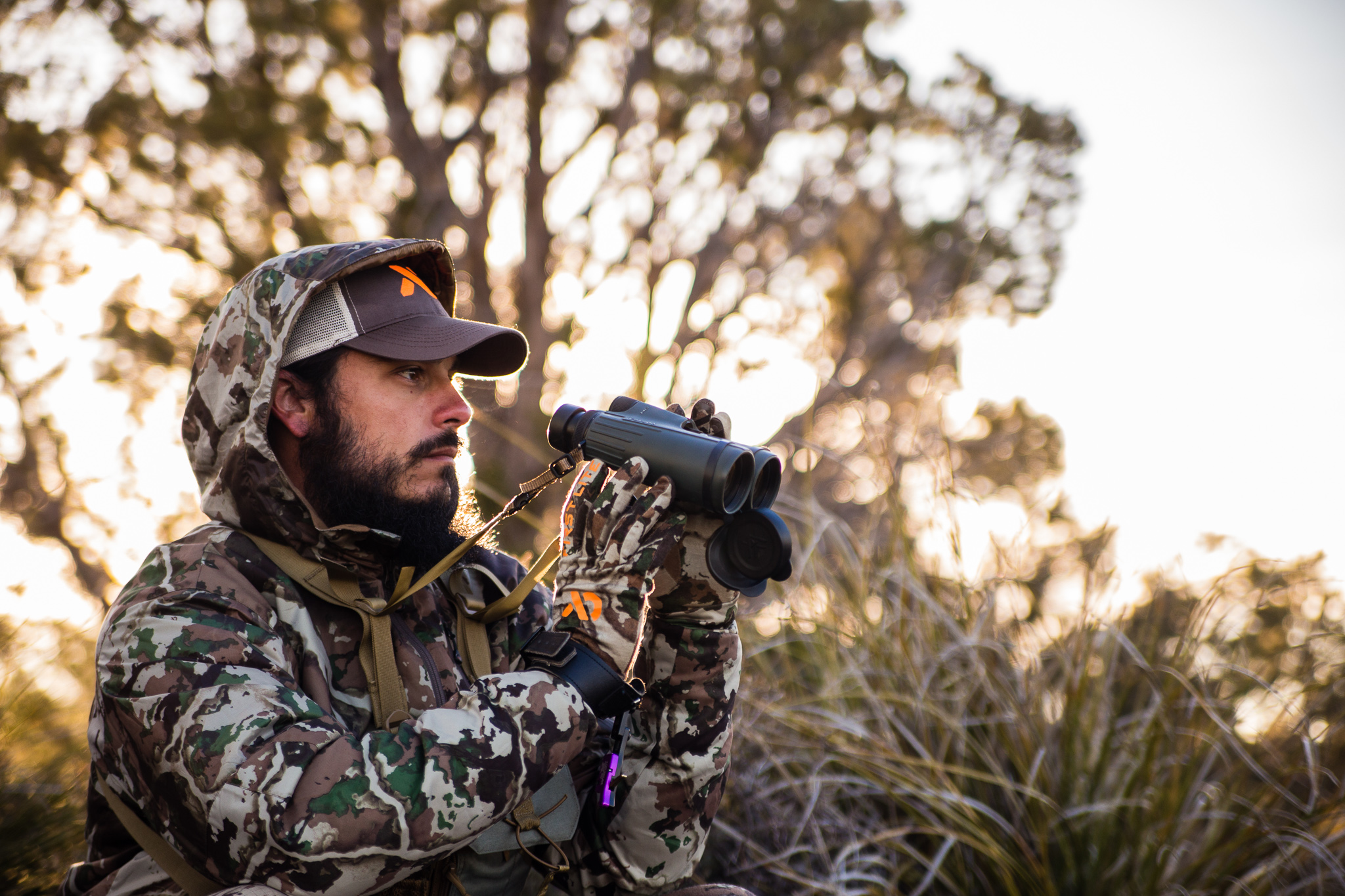

Copyright 2019 Dialed In Hunter
Design by NXNW.